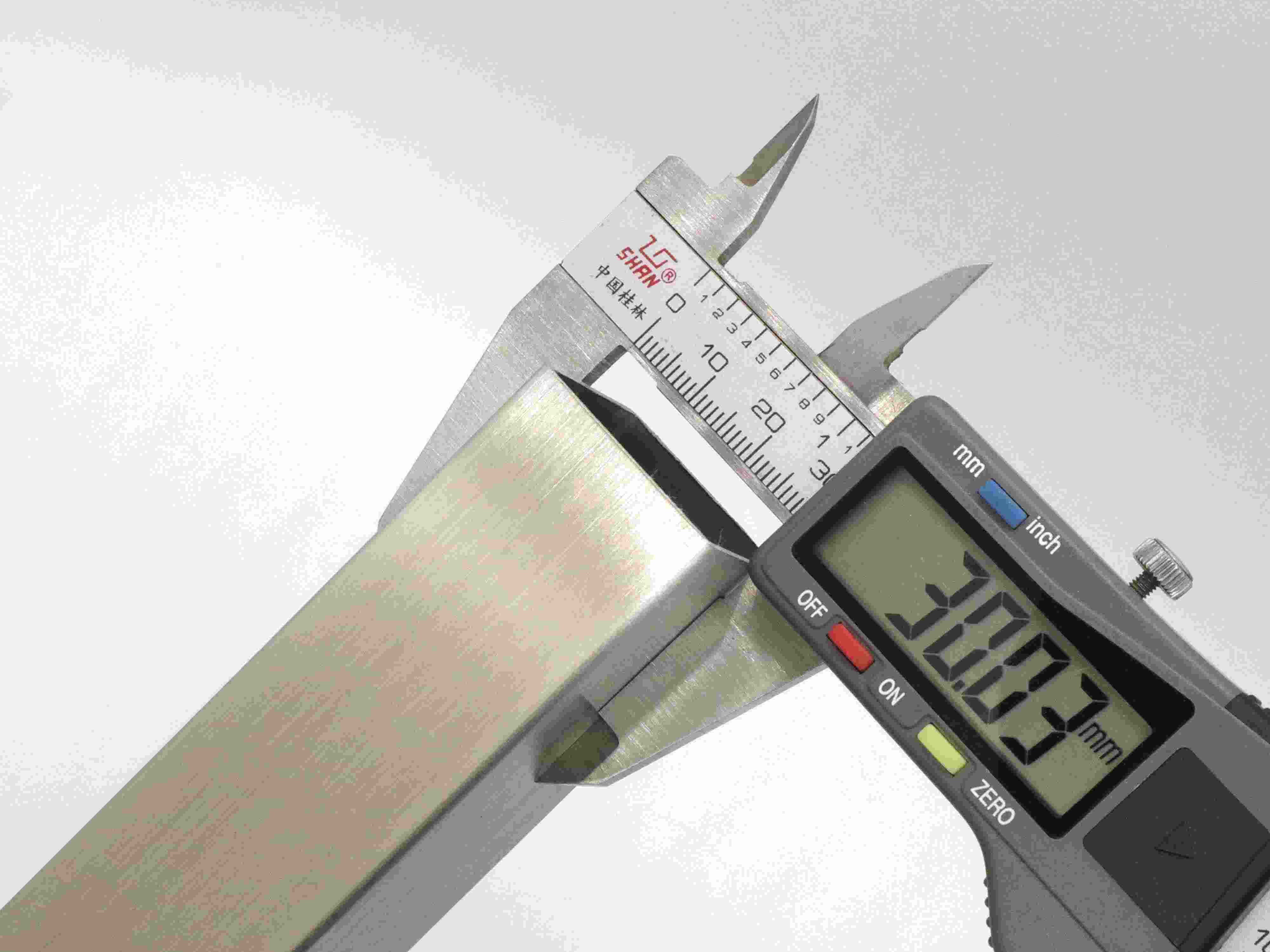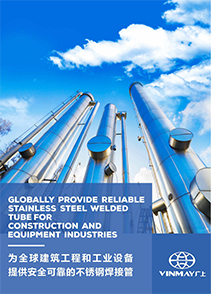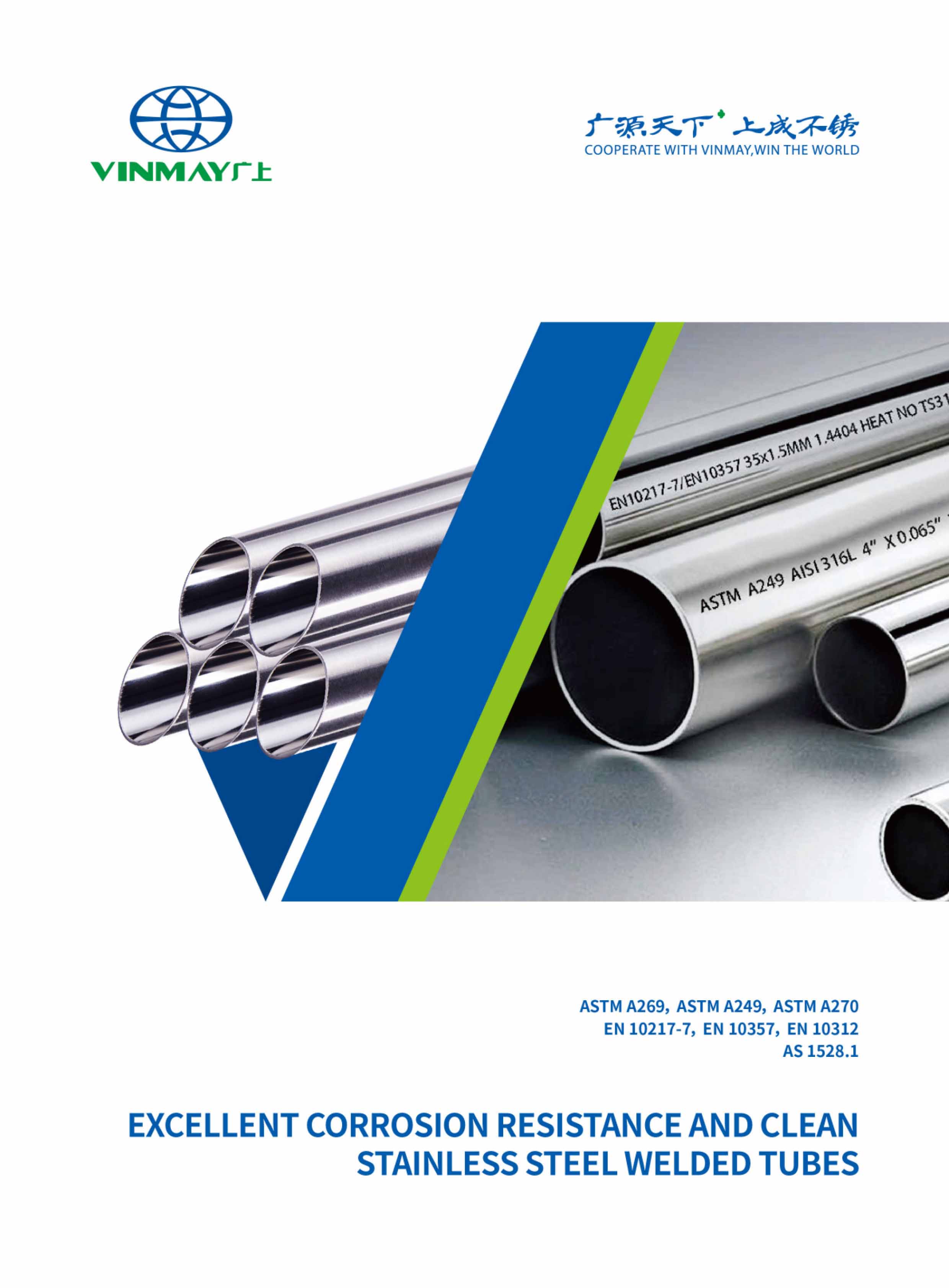Stainless steel square tubes are an essential component in various industries, offering durability, strength, and corrosion resistance. However, understanding their anatomy, particularly their sizes, is crucial for ensuring the right fit and functionality in different applications. From the grade of stainless steel used and the common sizes available to the significance of wall thickness, length options, surface finish, and weight considerations, there are several factors to consider when it comes to stainless steel square tube sizes. In this discussion, we will explore the intricacies of these factors and shed light on what you need to know to make informed decisions when selecting stainless steel square tubes for your projects.

Understanding the diverse range of stainless steel square tubing sizes is crucial when considering construction or design projects. When it comes to common stainless steel square tube sizes, there are a few standard options that are widely available in the market. Here are the most commonly used sizes:
Understanding the diverse range of stainless steel square tubing sizes is crucial when considering construction or design projects. Here's a comprehensive chart detailing various nominal sizes, outside diameters, wall thicknesses, and weights, offering a valuable reference point for your specific needs.
| Nominal Size (inches) | Outside Diameter (inches) | Wall Thickness (inches) | Weight (lbs/ft) |
|---|---|---|---|
| 1/2 x 1/2 | 0.5 x 0.5 | 0.065 | 0.384 |
| 3/4 x 3/4 | 0.75 x 0.75 | 0.065 | 0.605 |
| 1 x 1 | 1 x 1 | 0.065 | 0.827 |
| 1 x 1 | 1 x 1 | 0.083 | 1.035 |
| 1 x 1 | 1 x 1 | 0.12 | 1.474 |
| 1-1/4 x 1-1/4 | 1.25 x 1.25 | 0.065 | 1.048 |
| 1-1/4 x 1-1/4 | 1.25 x 1.25 | 0.083 | 1.363 |
| 1-1/4 x 1-1/4 | 1.25 x 1.25 | 0.12 | 1.687 |
| 1-1/2 x 1-1/2 | 1.5 x 1.5 | 0.065 | 1.255 |
| 1-1/2 x 1-1/2 | 1.5 x 1.5 | 0.083 | 1.624 |
| 1-1/2 x 1-1/2 | 1.5 x 1.5 | 0.12 | 1.976 |
| 2 x 2 | 2 x 2 | 0.065 | 1.625 |
| 2 x 2 | 2 x 2 | 0.083 | 2.117 |
| 2 x 2 | 2 x 2 | 0.12 | 2.548 |
| 2 x 2 | 2 x 2 | 0.188 | 3.672 |
| 2-1/2 x 2-1/2 | 2.5 x 2.5 | 0.083 | 2.672 |
| 2-1/2 x 2-1/2 | 2.5 x 2.5 | 0.12 | 3.261 |
| 2-1/2 x 2-1/2 | 2.5 x 2.5 | 0.188 | 4.47 |
| 3 x 3 | 3 x 3 | 0.083 | 3.222 |
| 3 x 3 | 3 x 3 | 0.12 | 3.947 |
| 3 x 3 | 3 x 3 | 0.188 | 5.41 |
| 4 x 4 | 4 x 4 | 0.083 | 4.32 |
| 4 x 4 | 4 x 4 | 0.12 | 5.301 |
| 4 x 4 | 4 x 4 | 0.188 | 7.251 |
| 5 x 5 | 5 x 5 | 0.12 | 6.542 |
| 5 x 5 | 5 x 5 | 0.188 | 8.741 |
| 6 x 6 | 6 x 6 | 0.12 | 7.782 |
| 6 x 6 | 6 x 6 | 0.188 | 10.279 |
It is important to note that these are just a few of the common stainless steel square tube sizes available, and there are many other sizes and variations to choose from based on specific project requirements. It is recommended to consult with a stainless steel tubing supplier or expert to determine the most suitable size for your application. At Vinmay, we offer a wide array of sizes and variations to cater to diverse project specifications. Consulting with our expert team ensures precise selection tailored to your unique application.
Recommended: Standard Stainless Steel Tube Sizes
Wall thickness plays a crucial role in the performance and durability of stainless steel square tubes. Optimal wall thickness ensures the structural integrity of the tube, allowing it to withstand external forces and maintain its shape. Additionally, the wall thickness directly affects the material's durability, as thicker walls provide increased resistance to corrosion and other forms of damage.
The significance of the wall thickness in stainless steel square tube sizes cannot be overstated. Optimal wall thickness is crucial for ensuring the structural integrity and performance of the tube. Here are two key reasons why wall thickness is important:
Strength and Durability:
Weight and Cost Efficiency:
Careful consideration of the optimal wall thickness is essential to ensure the square tube meets the specific requirements of a project while maintaining cost-effectiveness and structural integrity.
Read More: Navigating the Cost Considerations of Stainless Steel Square Tubing
After establishing the significance of optimal wall thickness in stainless steel square tube sizes, it is essential to delve into the consideration of structural integrity and the importance of wall thickness. The structural integrity of a stainless steel square tube is directly influenced by its wall thickness. A thicker wall provides increased strength and stability to the tube, ensuring its ability to withstand external forces and loads. The importance of wall thickness lies in its ability to prevent buckling, deformation, and failure of the tube under stress. It also contributes to the overall load-bearing capacity and durability of the tube. Therefore, when selecting stainless steel square tube sizes for structural applications, it is crucial to carefully consider the appropriate wall thickness to ensure optimal structural integrity and performance.
When considering the impact on material durability, it is crucial to understand the significance of wall thickness in stainless steel square tube sizes. The thickness of the walls directly affects the strength and durability of the tube. Here are two key points to consider:
Increased Wall Thickness:
Decreased Wall Thickness:
Understanding the impact of wall thickness is essential in selecting the right stainless steel square tube size to ensure optimal material durability for your specific application.
Different length options are available for stainless steel square tubes, allowing for versatility in various applications. Stainless steel square tubes are commonly used in construction, manufacturing, and industrial projects due to their strength, durability, and corrosion resistance. These tubes are available in a range of lengths to suit different project requirements.
The length options for stainless steel square tubes typically range from 6 feet to 24 feet, with increments of 2 feet or 4 feet. This allows for flexibility in selecting the appropriate length based on the specific application. Longer lengths are often preferred for projects that require fewer joints, as they reduce the need for additional welding or connectors.
When choosing the length of a stainless steel square tube, it is important to consider factors such as the dimensions of the project, transportation requirements, and ease of installation. Longer lengths may be more suitable for large-scale projects, while shorter lengths are often used for smaller, more manageable tasks.
It is worth noting that custom lengths can also be obtained for stainless steel square tubes, ensuring a precise fit for unique project specifications. Stainless steel square tube manufacturers and suppliers can assist in determining the most suitable length option based on the application requirements.
Surface finish plays a crucial role in the overall performance and aesthetic appeal of stainless steel square tubes, complementing their strength, durability, and corrosion resistance. The surface finish of stainless steel square tubes refers to the final treatment applied to the metal surface, which can greatly impact its appearance and functionality. Here are two key aspects to consider when discussing the role of surface finish:
Aesthetic Appeal:
Performance Enhancement:
Weight and load capacity are crucial considerations when selecting stainless steel square tubes for various applications. The weight of a stainless steel square tube is determined by its dimensions, wall thickness, and material density. The load capacity, on the other hand, refers to the maximum weight that a square tube can safely support without deformation or failure.
To calculate the weight of a stainless steel square tube, you need to know its dimensions and wall thickness. The formula to calculate the weight is as follows: weight = (outer dimension - wall thickness) x wall thickness x material density. The material density for stainless steel is typically around 8 g/cm³.
Load capacity depends on various factors such as the material's yield strength, the support conditions, and the applied load type. Square tubes with thicker walls generally have higher load capacities due to their increased strength and rigidity. It is important to consult load capacity charts or consult with a structural engineer to determine the appropriate tube size and wall thickness for your specific application.
In applications where heavy loads or high structural integrity are required, it is recommended to select stainless steel square tubes with thicker walls and larger dimensions. This will ensure that the tubes can safely support the intended loads without compromising safety or performance.
When comparing stainless steel square tube profiles, it is important to consider the various dimensions and structural characteristics that can affect their suitability for specific applications. Here are some key factors to keep in mind:
The corrosion resistance of stainless steel square tubes is determined by the composition of the steel, particularly the amount of chromium and other alloying elements. Higher levels of chromium result in enhanced corrosion resistance, making stainless steel an ideal choice for various applications.
Stainless steel square tubes are highly suitable for outdoor applications due to their excellent corrosion resistance, durability, and strength. Their resistance to rust and other environmental factors makes them a reliable choice for various construction and architectural projects.
Yes, stainless steel square tubes can be welded. Welding is a common method used to join stainless steel square tubes together, providing a strong and durable connection for various applications.
Read More - All About Stainless Steel Welded Tubes
The weight capacity of stainless steel square tubes is affected by various factors, such as the material's thickness, the dimensions of the tube, and the type of load applied. Understanding these factors is essential for ensuring structural integrity and safety.
Yes, it is possible to customize the dimensions of stainless steel square tubes. This allows for a tailored solution to specific project requirements, ensuring optimal fit and functionality.
You may also like:
In conclusion, understanding the anatomy of stainless steel square tube sizes is crucial for various applications. By comprehending stainless steel grades, common square tube sizes, wall thickness, length options, surface finish, weight, and load capacity considerations, one can make informed decisions. The comparison of different square tube profiles allows for selecting the most suitable option. This knowledge empowers engineers, architects, and manufacturers to utilize stainless steel square tubes effectively and efficiently in their projects.



